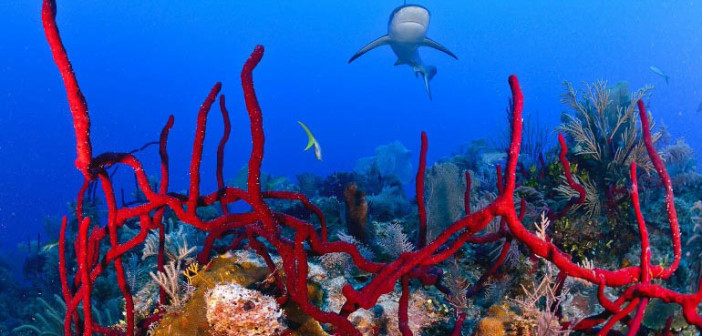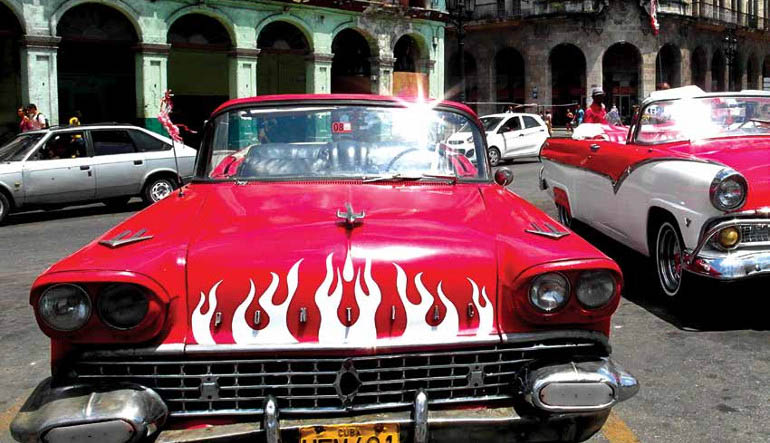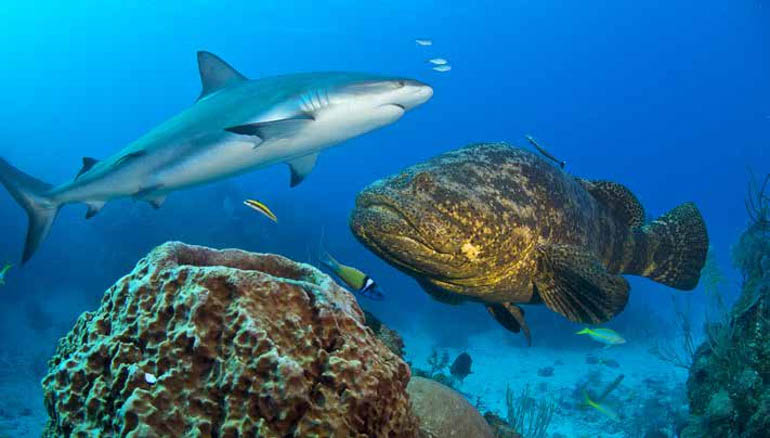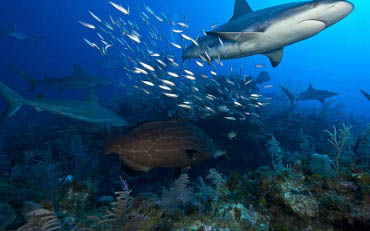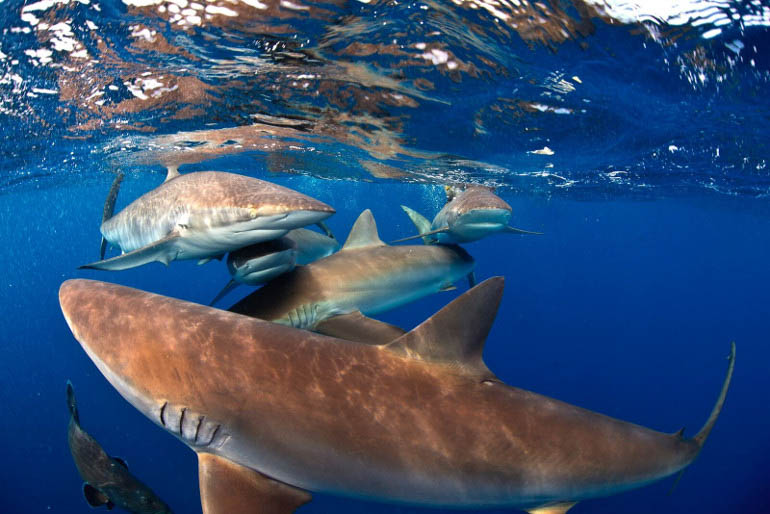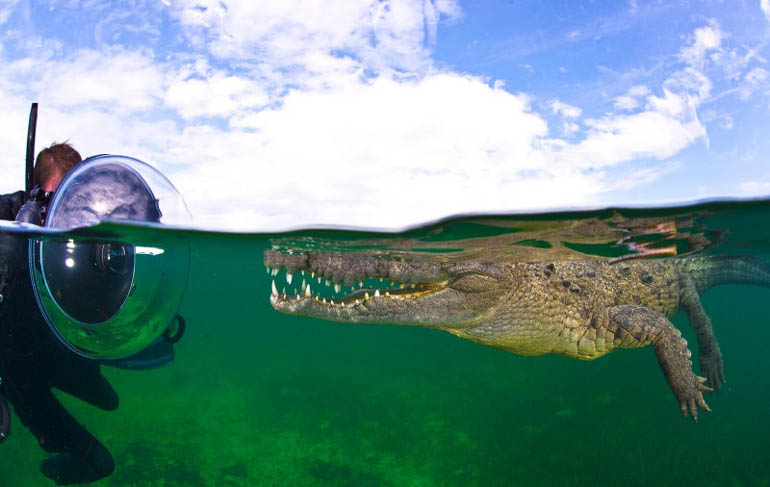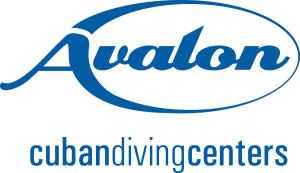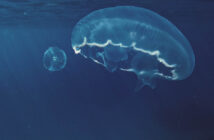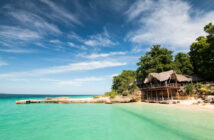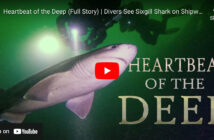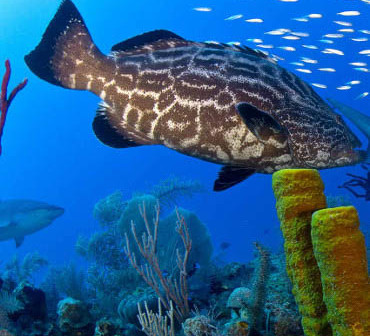 Embargoed by the world’s most powerful country since 1960, Cuba became our planet’s biggest time capsule. Even HAVANA, the country’s capital, is surreal like a freeze-frame from a Federico Fellini movie. Instead of Googling on smartphones and tablets, children are found playing ball games in the street; you won’t find women ogling at the shop windows of Mui Mui and Prada either but they are often seen in curlers, hanging their laundry on balconies. There are no shopping malls in Cuba, no McDonalds, no Porsche or Audi showrooms but every so often, a 1952 Buick rattles past with a for sale sign in its back window.
Embargoed by the world’s most powerful country since 1960, Cuba became our planet’s biggest time capsule. Even HAVANA, the country’s capital, is surreal like a freeze-frame from a Federico Fellini movie. Instead of Googling on smartphones and tablets, children are found playing ball games in the street; you won’t find women ogling at the shop windows of Mui Mui and Prada either but they are often seen in curlers, hanging their laundry on balconies. There are no shopping malls in Cuba, no McDonalds, no Porsche or Audi showrooms but every so often, a 1952 Buick rattles past with a for sale sign in its back window.Nothing is hidden and there is very little in way of advertising; there are no neon signs, no cinematic screens, no billboards on the highway, and the streets in the city are cleaner than those of Singapore! With trade sanctions, its rusty wheels clamped by revolution, Cuba’s economy has been frozen for over 50 years. Cuba is one of the last four remaining communist regimes in the world. But in recent years, the Castro administration, Fidel and his brother Raúl, have found solutions for the three big problems of the free world: free health care, free education, and lately free enterprise. I read about a Cuban that found a buyer for his crumbling mansion for $150,000 – bringing in as much as he would otherwise make as an average worker in 625 years!
Without a doubt, the nation is on the verge of change; the certainties of globalisation evident in the restlessness of its youth who dream of fast cars, smartphones and a new life in the West. To the ordinary folks, the impression of Cuba is tenuous, somewhat like Forbidden City – a scary place to go. Not many people have visited Cuba, let alone explored the Gardens of the Queen. For me, it is these paradoxes that make Cuba a titillating destination and the lure of a marine park declared by Fidel Castro, a diver himself who mandated Gardens of the Queen be preserved for posterity. Imagine a place that has never been fished commercially, no industry of any form, and then imagine exploring an underwater time capsule.
I was told that getting to Cuba would not be easy. In an AUSTRALIAN – Travel & Indulgence guide published on July 2012, it was reported that Cuba is not for the faint-hearted as the contradictions, misinformation and primitive infrastructure makes independent travel a real challenge. That itself was misinformation. It took me just five minutes on Google to learn that it is possible to fly into Havana on nonstop flights from Amsterdam, Cancun, Mexico City, Madrid, Toronto, Madrid, Frankfurt and Moscow! If you happen to be a resourceful American, you can also hop on a chartered flight from Los Angeles and Miami as well! I found a better option. I booked a Virgin Atlantic flight online, picked up my travel card (permit to enter Cuba) at Gatwick Airport, London, and flew nonstop into Havana.
Staying at the Hotel Parque Central, literally, I was beamed straight into the Time Capsule Central. Havana has more than 700 buildings dating from the 16th to 19th centuries; the “finest surviving Spanish complex in the Americas,” inscribed as a UNESCO World Heritage site in 1982. Many of the city’s heritage buildings have been converted for remarkable uses: Palacio de los Capitanes Generales in Plaza de Armas houses the City Museum, while Palacio de los Marqueses de Aguas Claras in Plaza de la Cathedral is now the excellent Restaurante El Patio. At Plaza de San Francisco, the colonial structures including Basilica Menor de San Francisco de Asis and Fuente de los Leones (Lions Fountain), is modelled after a fountain at the Alhambra in Granada, Spain. Havana is the cultural hotspot with some of the Caribbean’s best art galleries, museums and a thriving local music scene. But I was not in Cuba for the art and history, I left the next morning at 4 am on a six-hour road trip across the island to Jucaro, the departure port to Jardines de la Reina, Gardens of the Queen.
Remotely located 95 kilometres off the south coast of central Cuba, the ’Gardens of the Queen spans 2,168 square kilometres. Declared as an IUCN Category II National Park, it is regarded as the last jewel of the Caribbean islands. The reefs of the Gardens are unscathed and boast the largest preserved (and least studied) coral reef system of the entire Caribbean – perhaps the world. This is the “Pearl of the Antilles” documented by science as the most biologically rich and diverse in the Caribbean. It is home to crucial nesting sites for the critically endangered hawksbill turtle and has the healthiest fish density comprising the endangered Nassau and Goliath groupers. It is also reputed to harbour an amazing diversity of shark species – Silky, Caribbean Reef, Blacktip, Lemon, Nurse, Great Hammerhead and Whale Sharks – sentinel species indicative of a healthy ecosystem. Resilient coral reefs and robust populations of sharks and other finfish have led marine biologists to described Gardens of the Queen as a “window to the past”, a time capsule conjuring comparisons to what the Caribbean may have looked like 50 to 100 years ago.
On my five-hour journey to the marine park, I chatted with Noel López, a resident dive specialist with Avalon Diving – the one and only government controlled “joint venture” Cuban-Italian operator allowed to conduct scuba diving activities in the national park. The Castro government mandated a limit of 1,000 divers per year. Noel has been with Avalon since its inception 16 years ago. I have no doubt he is the local expert and he was to be my guide to this underwater Utopia. Noel stirred my imagination with promises of 200-kilogram Goliath groupers, three-metre crocodiles in the wild, tarpons by the schools and a huge number of sharks. A total of 80 sites await my exploration. He literally promised the encounters – “for sure we will see them”, he enthused. Noel’s talk about how Cuba’s marine and coastal resources have thrived during the five decades of isolation where neighbouring countries have suffered from mass tourism, fishing and rapid economic development. In the Queen’s Garden, coral reefs, seagrass beds and mangroves abound together with lush biodiversity providing shelter and sustenance to more than 200 species of valuable food fishes, crustaceans, molluscs and sponges. Adrenaline charges through my blood in anticipation.
On a halcyon blue sky morning, I back rolled from a nondescript fibreglass boat and was instantaneously transported back in time to an aqueous realm I have never seen before – not in my 32 years of diving all corners of our world. My first impression: the water is distinctively blue, the reef is like an untouched forest of the Amazon, mazes of never-ending foliage of sea fans, sea whips, sponges, soft corals as far as the eye could see. And then there are the sharks … a dozen, two dozen, three dozen, some two metres long, many greater than three metres swarm around blithesomely among enormous groupers; taking centre stage is a pair of Goliath groupers (Epinephelus itajara) about 150 kilogram. I am in seventh heaven, in a neighbourhood of fishes in numbers and diversity I have never ever seen in the Atlantic. My consciousness expands to digest the monstrous enormity of a cinematic atmosphere, bigger than James Cameron’s Avatar battleground. In the distance, near the shallow reef edge, almost impalpable to the eye, I see millions of yellow snappers, jacks and creole fish darting around a slopping meadow of peachy coral trees and sea fans. Noel would later reveal among the crevices, a healthy thriving population of humongous crabs and lobsters.
After more than hour of savouring the luxuriant underwater playground, I return to the boat with a grin bigger than Bozo the clown. Then this thought occurred to me: the US embargoed contributed to this! Of course, it is distant, 80 kilometres from the main island, and inaccessible for most local commercial fisheries but it is mainly the protection rigidly enforced by government against poaching, that has allowed the park to flourish, free from any human battering. It is also indirectly the result of trade sanctions that have vetoed foreign investment for commercial development, greed from commercial fishing licences, and the influx of mass tourism – capitalistic curses that have caused mayhem in Australia, Micronesia, Egypt, Indonesia, Thailand and even the remotest islands of the South Pacific.
The protected mangrove wetland, sea grass pastures and coral reefs are in splendid condition thus for marine scientists and naturalists, the Garden of the Queen is like an aquarium in the wild, the fish pond of the Atlantic. Though like everything else in Cuba, the Institute of Oceanography in Havana is dilapidated, hardware is deteriorating, and it’s very astute, well-trained scientists are grossly underpaid. But with recent changes, collaborations with USA NGOs and scientific institutions are now possible. David Guggenheim (PhD), from Washington DC, directs the Cuba Conservancy’s program with the mission to established and sustained collaboration between Cuba and the United States ensuring locally supported marine research and conservation programs. The fundamental of David’s program involves significant collaboration between Cuban and American scientists as well as conservation experts.
The two weeks in the marine park, I dived the inner and outer reefs, bays and channels among fertile coverage of mangrove islands. Of course between the mangroves, I managed some exhilarating face to face meetings with crocodiles (Crocodylus acutus). They are wild and curious but my wingman, Noel Lopez is ‘King of the Swamp’! I swam within the archetypal mosaic of mangrove forest to find massive colonies of orange cylindrical tunicates dangling from underwater roots, and juvenile barracudas congregating in small schools along ethereal corridors. Snorkelling the seagrass pastures, I saw healthy signs of burgeoning life. The patch reefs, fringing reefs and reef slopes teem with exquisite invertebrate coverage, abundant fish life – notably, sharks and large groupers are in exaggerated abundance!
One late morning, Noel showed me the ‘crown’ of the Gardens of the Queen: a shallow reef with expressive forest of tall Elkhorn corals -nearly 90% are alive rising to reach for the sky. They are in fact reaching for sustenance from the equatorial sun. Nestled beneath the canopy of Elkhorn branches, I found schools of yellow snappers in astounding densities. Crabs, lobsters, and long-spined urchin were also found in respectable numbers. Noel whispered that in twilight hours, Giant Hammerhead (Sphyrna mokarran) lurk among the shadows of the Elkhorn forest to feast upon unsuspecting Tarpons. I made a mental note to return!
The technique of putting a shark into a state of paralysis is mostly done by inverting the animal. This state is commonly referred to as Tonic immobility (TI). A shark can often remain in this state for up to 15 minutes before eventually righting themselves and swimming away. TI is extensively used by research scientists when tagging sharks in the field, to minimize struggling by the animal and reduce the possibility of injury to both animal and human. In other parts of the world, I have seen TI used on Lemon Sharks, Tiger sharks, Leopard Sharks, Black-tip and White-tip sharks. One of the highlights at Gardens of the Queen was watching Noel immobilise a Silky shark in blue water. Noel first discovered the technique when he placed a juvenile Silky upside down with a little twist to its tail. Slowly, his technique improved and now he helps scientists researching on sharks. The animal does not suffer; it simply rests in a stupor, allowing scientists to study these magnificent creatures without having to use an invasive approach.
To watch Noel putting a 200 kilogram shark into a trance with just a little twist of its tail in blue water is a sight to behold. I have watched him stroke a three-metre long Silky with such care and gentleness; it was as though that shark was his child. It warmed my heart. Had Noel López lived in the west, he would undoubtedly be a media celebrity, renowned as the man who stroke sharks. For now, Noel López remains a dive guide who happens to be an excellent underwater photographer; perhaps the most inspired in the world. When you are born and bred in a country sanctioned by the world’s biggest economy for five decades, you have to be very resourceful to take up the challenges of shooting underwater. Noel owns the only SEACAM Nikon F100 film camera housing that is modified to house a current digital SLR. He did the conversion and he shoots as well, if not better than many of the wannabes in the west.
We get so little information in the media about the natural history of Cuba, that everything I saw was new for me. The most startling thing about Cubans was that, contrary to the popular pack journalism exposé, they are not stumbling in despair or despicable drug dealers portrayed by garb American dramas. Though there is some truth in that, it was half a century ago.* Today, Cuba has no luxuries and staples are tight, but they are proud and resourceful, making do with very little. I have seen far greater desolation and anger in Miami, New York, Bangkok, Chennai and Rome.
I learned that Castro was very astute about conservation. As a scuba diver and former spear fisherman, he is more aware than most politicians about the marine environment. He banned spearfishing (because it targets the larger reproductive fishes), the harvesting of live coral for souvenirs, and has helped make the spiny lobster fishery sustainable, which in turn helps not just the lobster and the fishermen, but also creates a valuable export product. To date, his government has established 51 Marine Protected Areas. Most are off the more remote southern coast. Cuba’s wetlands are in great shape with the most extensive mangrove forest in all of the Caribbean Antilles.
Though Cuba’s marine environment is preserved in a time capsule, but at many levels, it is at a critical juncture. Of immediate threat are the lionfish – an invasive species native to the Indo-Pacific Ocean. Lionfish are beautiful but destructive to Cuba. They first arrived in the Gardens in 2009, multiplied like rabbits and they are now everywhere, gobbling up all other ornamental reef fishes. The economic situation will also be precarious as when the Castro is gone, succeeding administrations may allow for massive investment from the USA and China, predicted to pick up from where Fulgencio Batista* left off.
For now, the Gardens of the Queen is largely comprises of relatively untouched reefs, representing “a time as it was before”. If these strict regulations persist in place, it is unlikely to become overcrowded, and without doubt, the Gardens will remain one of the last few underwater Heavens on Earth. As of now, the Floridian reefs benefit from the Gardens of the Queen by having ocean currents deliver larvae of fishes, lobster and conch. The ocean critters cross freely between the US and Cuba with no respect for American laws and embargos. For me, I just could not resist the beauty of the ‘Gardens’, the effervescence, and spirited complexity of the people, the mojito and rumba, and the exuberant beat permeating every facet of Cuban life. I made reservations to be back next year even before I left.
About diving the “Gardens of the Queen”
The marine park is only reachable only by live-aboard or staying at the “floating hotel”, also managed by Avalon Diving. It is essentially a big barge converted into a convenient dive resort anchored in the channel of a mangrove forest; it can accommodate up to 20-25 people. Each day, divers are transferred to dive sites with light, speedy boats. Avalon is also licensed to operate a catch-and-release fishing camp but limited to only 500 visitors per year.
Learn more about diving with Avalon Diving at: http://www.cubandivingcenters.com/en
** In the 1950s, Havana served as “a hedonistic playground for the world’s elite”, producing sizable profits from gambling, prostitution and drug for American Mafiosos, corrupt law-enforcement officials and their politically elected cronies. In fact, drugs (be it marijuana or cocaine), were so plentiful at the time that one American magazine in 1950 proclaimed, “Narcotics are hardly more difficult to obtain in Cuba than a shot of rum. And only slightly more expensive.” In a bid to profit from such an environment, Batista (then dictator president) established lasting relationships with organized crime, notably with American mobsters Meyer Lansky and Lucky Luciano, and under his rule, Havana became known as “the Latin Las Vegas.” Batista and Lansky formed a friendship and business relationship that flourished for a decade. During a stay at the Waldorf-Astoria in New York in the late 1940s, it was mutually agreed that, in return for kickbacks, Batista would give Lansky and the Mafia control of Havana’s racetracks and casinos.




